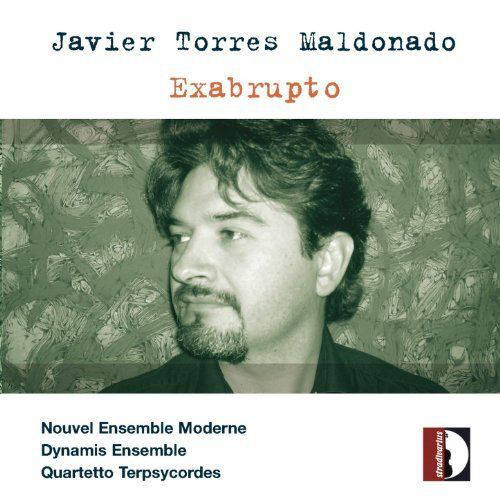Title of the work: Ex-abrupto
Instruments: (1.1.2.1. - 1.1.1.0. - Pf. and Cel. [1 es.] - Perc.[Vibr., Tot., 5 Pt . antichi, 2 Ps., Wbl., G. Javanese, Anvil, 2 Trg., Fr., 2 Bass Drum, Mr., Xyl., 3 Tbl., Tp., Spring Coil, Cv., M., Whistle, Cp., Tt., Glock., 2 Congas] - Strings: 1.1.1.1.1.)
Composer: Javier Torres Maldonado.
Duration: 16' ca.
Publisher: Edizioni Suvini Zerboni - Milano (for more information please send an e-mail to my publisher).
Dedicatee: to the memory of the Mexican indians who were killed in 1998 at Acteal, Chiapas.
Prize: Prix des musicians - Nouvel Ensemble Moderne. Exabrupto was selected to represent Mexico and Latin America during the Forum for Young Composers of UNESCO (Montréal.) The piece received too the Prize Da Capo by the Brandenburg Biennial, Branderburger Symphoniker, Germany.
Commission: Nouvel Ensemble Moderne.
World premiere: Montréal, Salle Claude Champagne, Forum 98, November 1998 - Nouvel Ensemble Moderne, dir. L. Vaillancourt.
Score (only with authorization).





